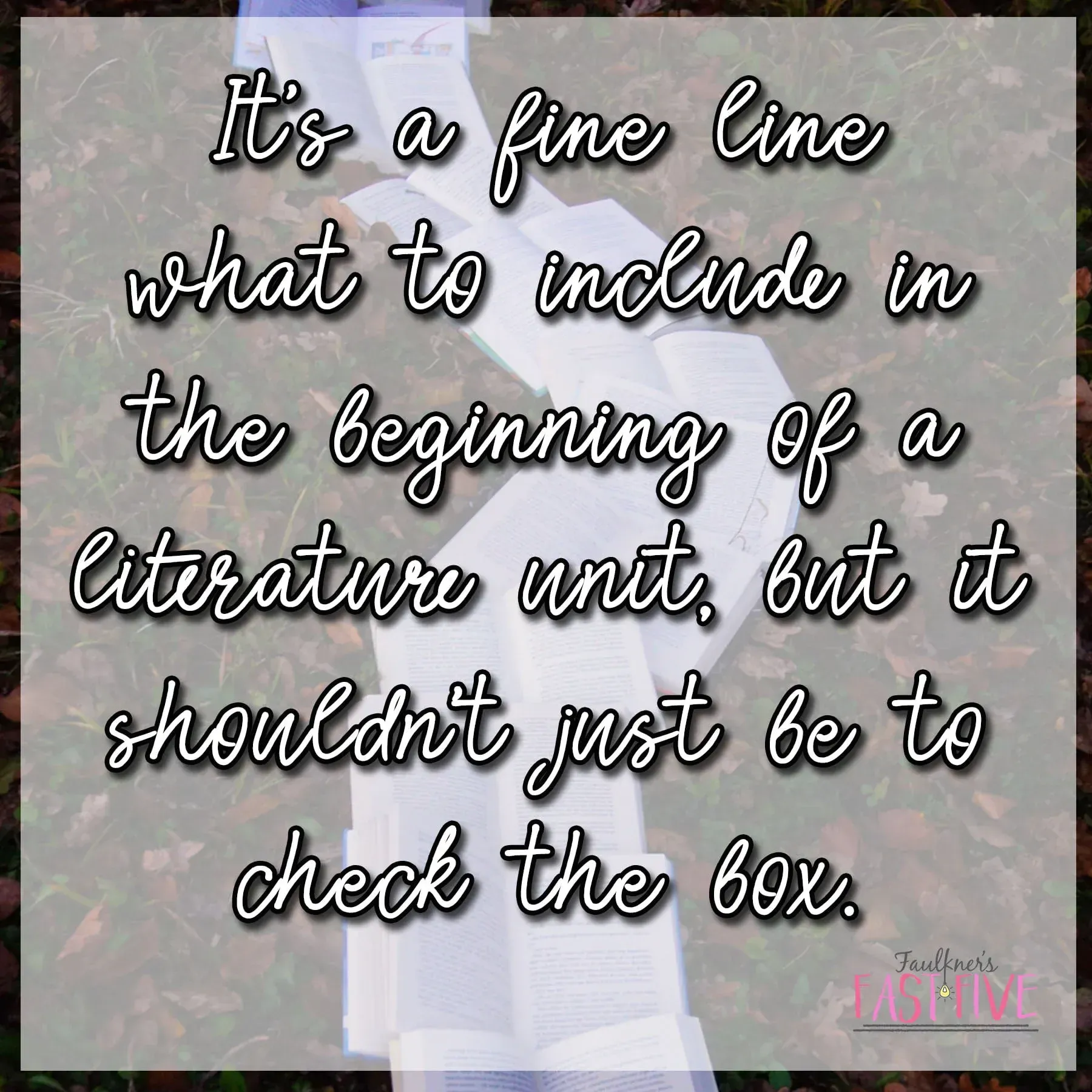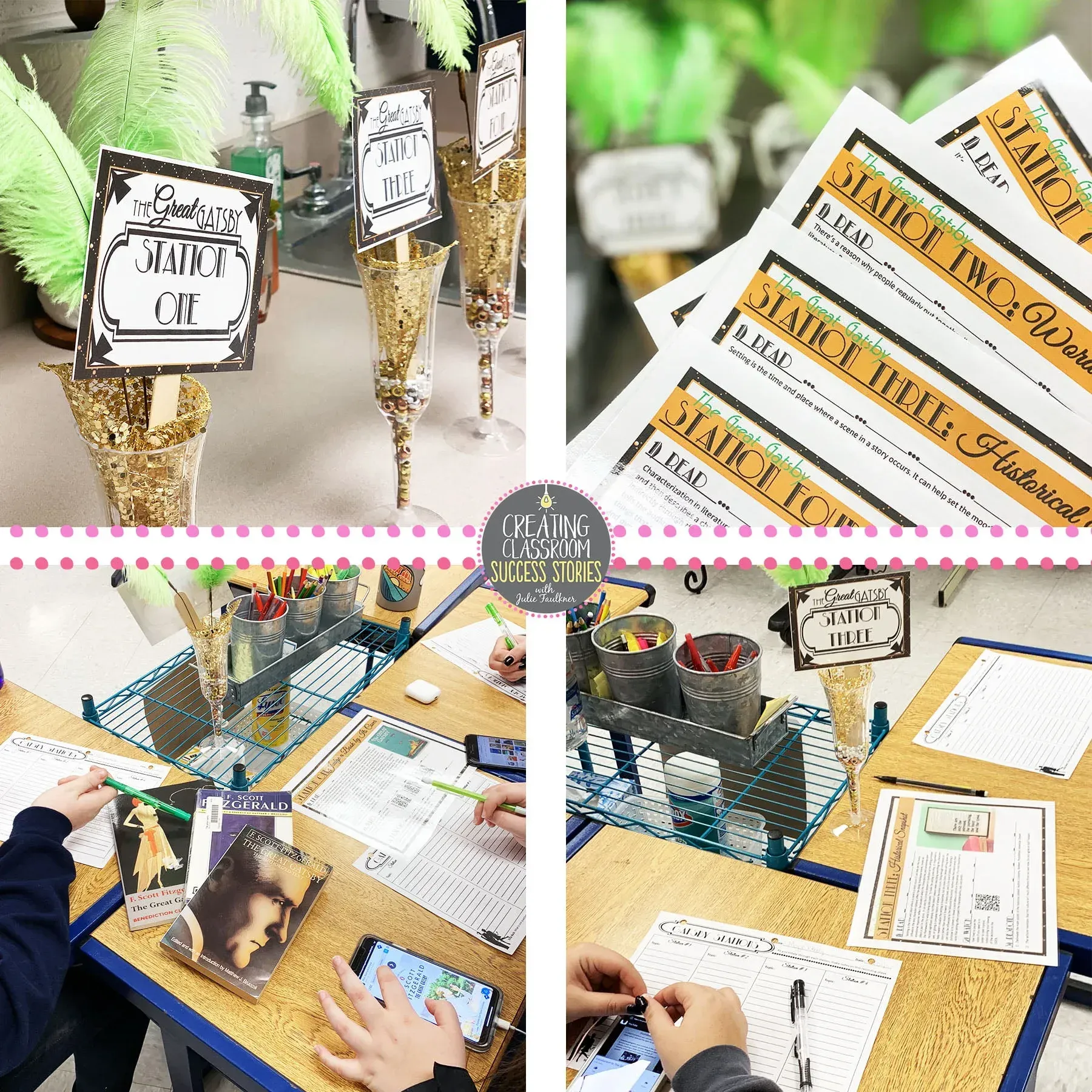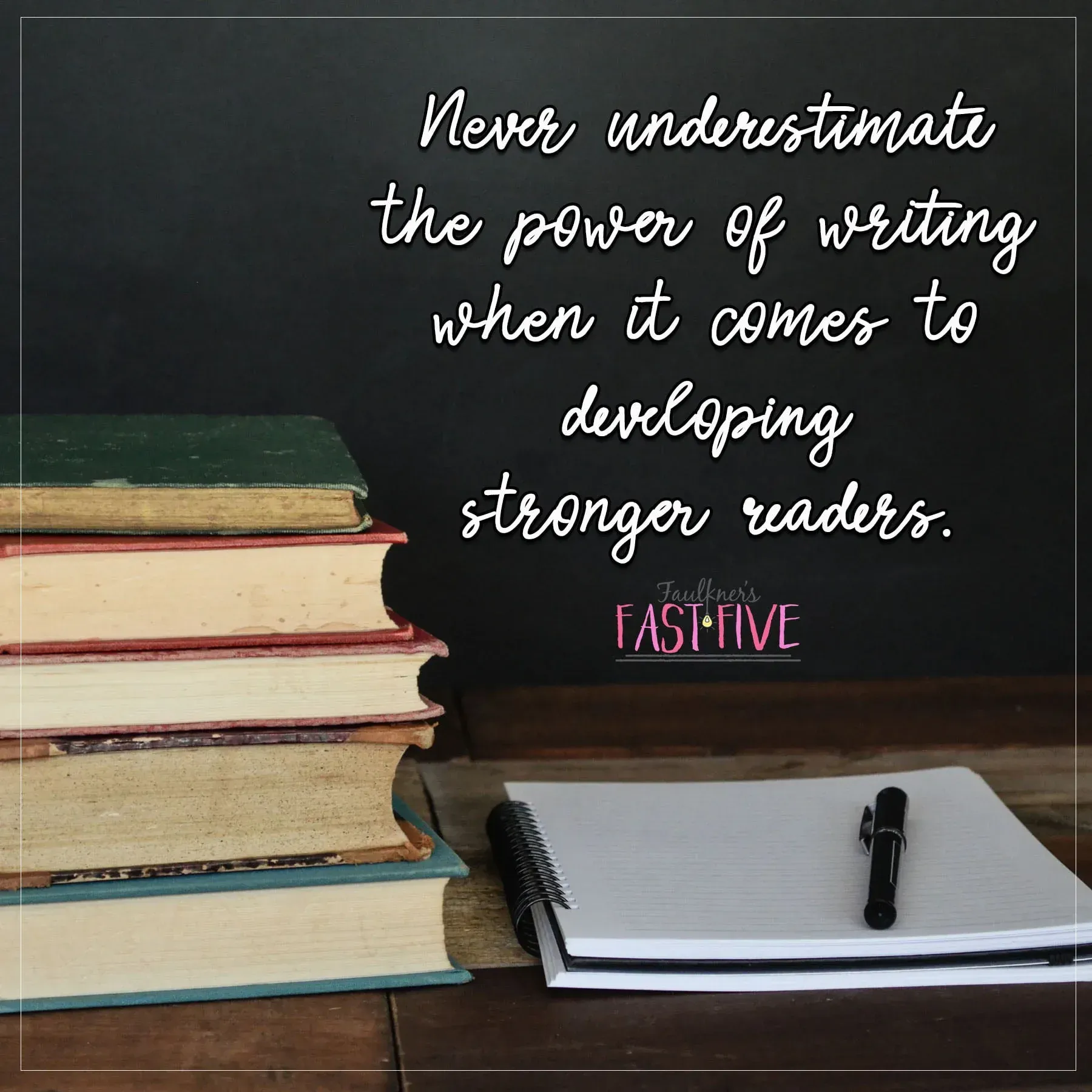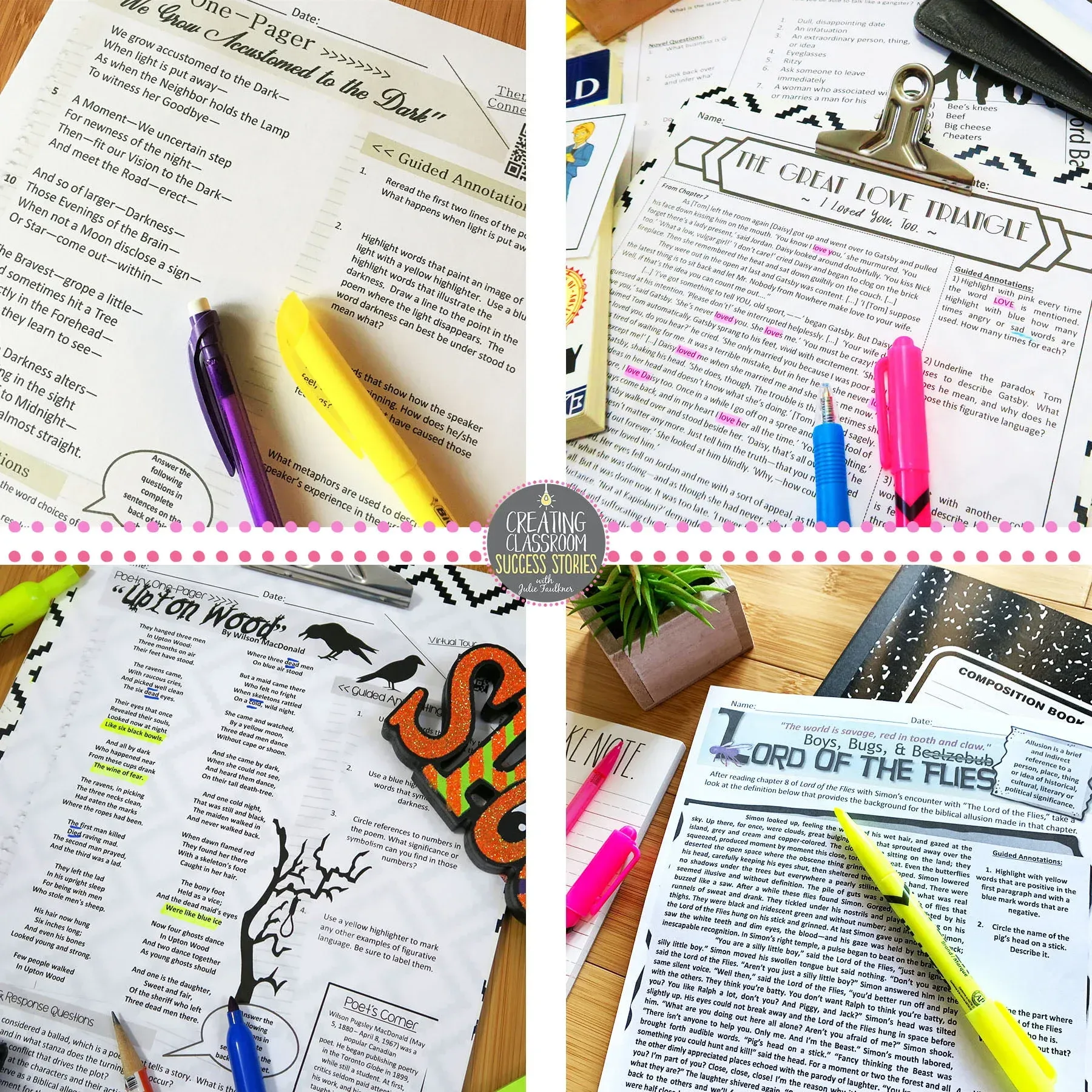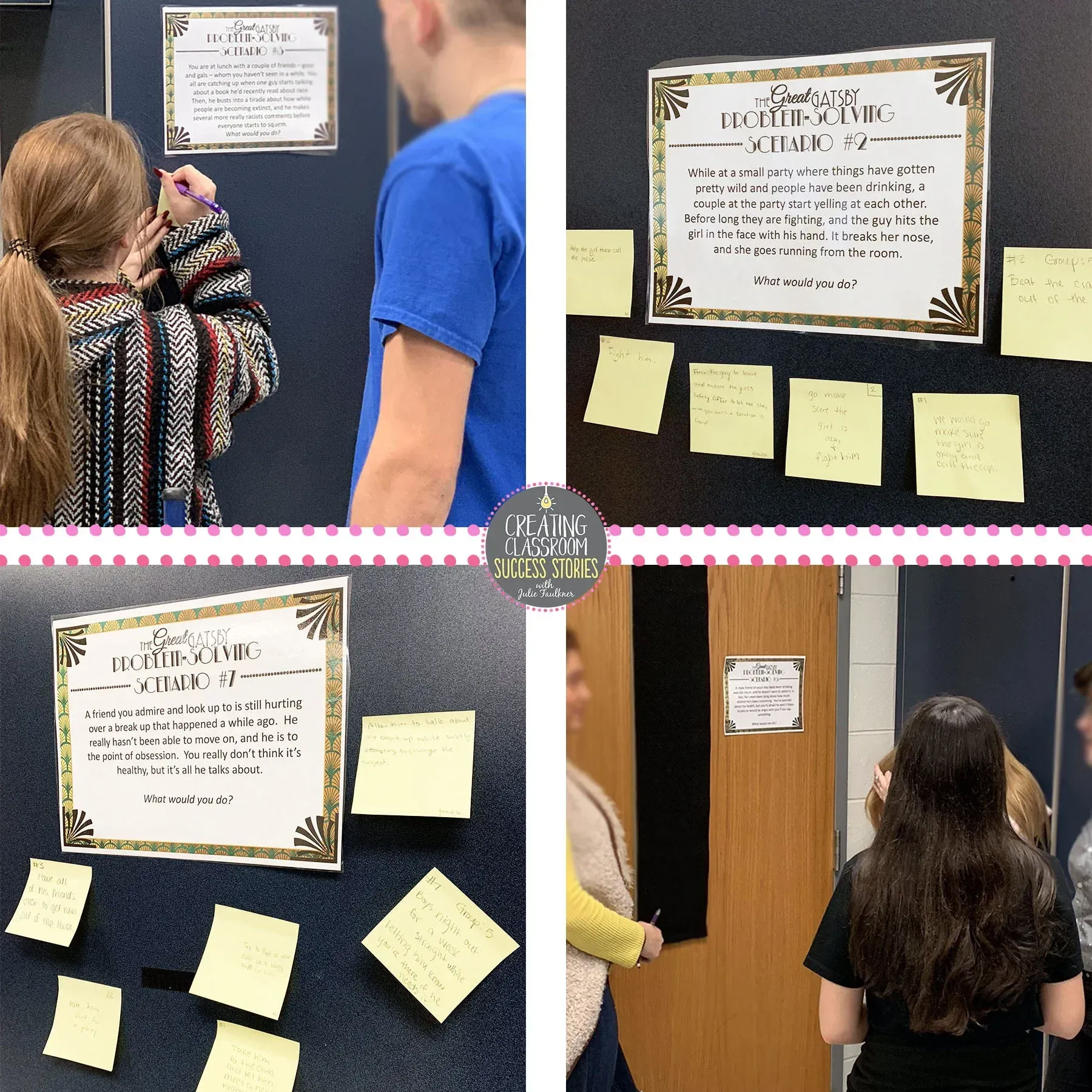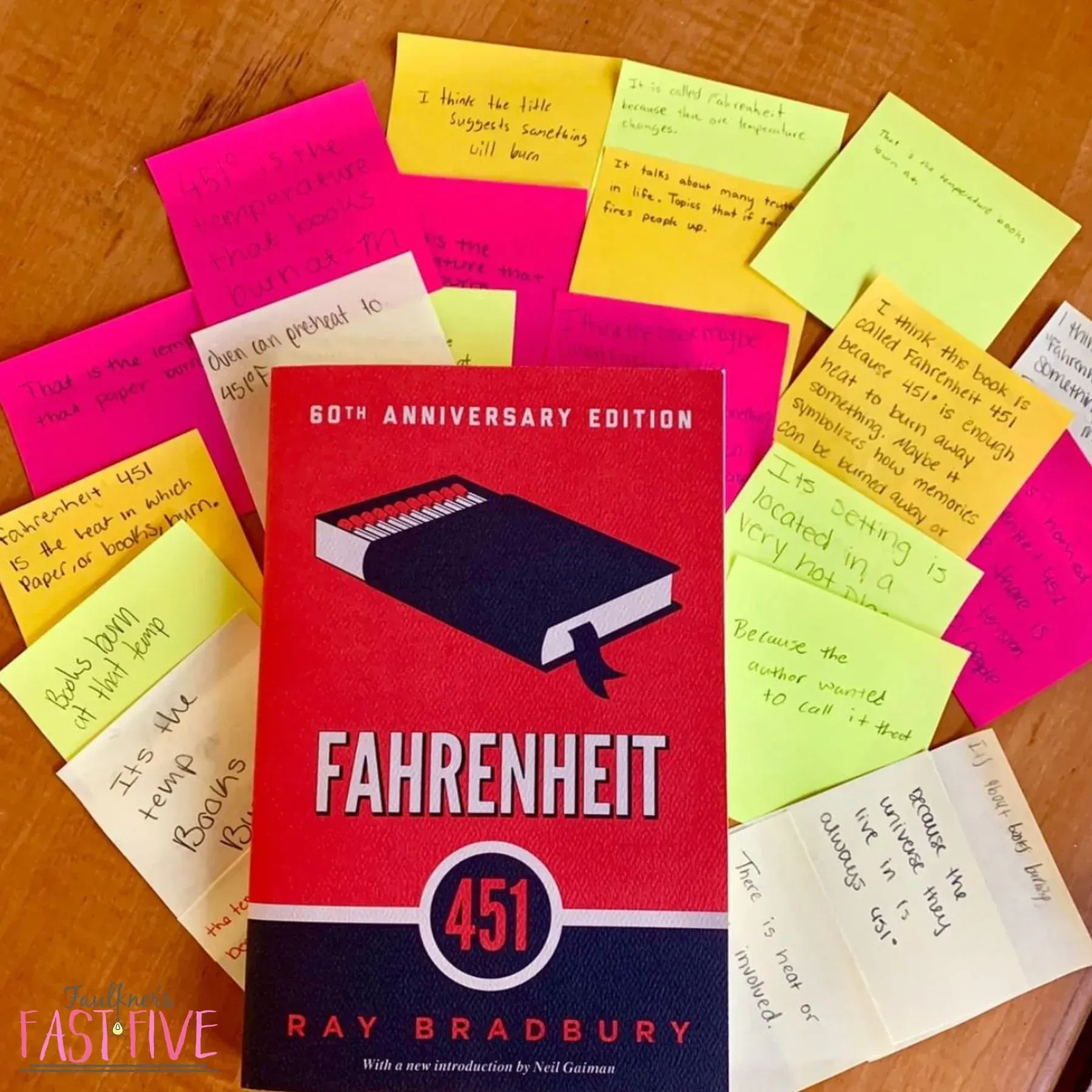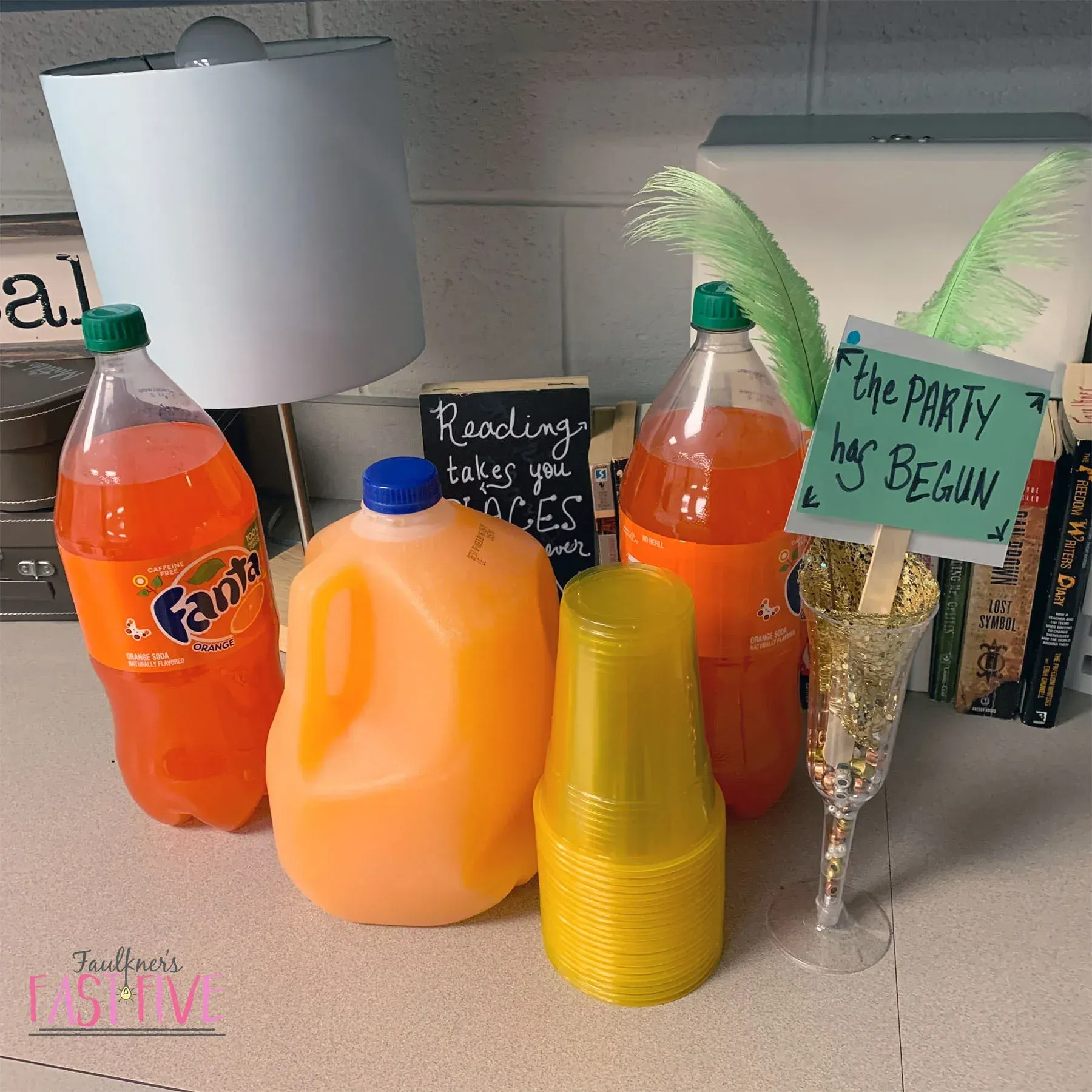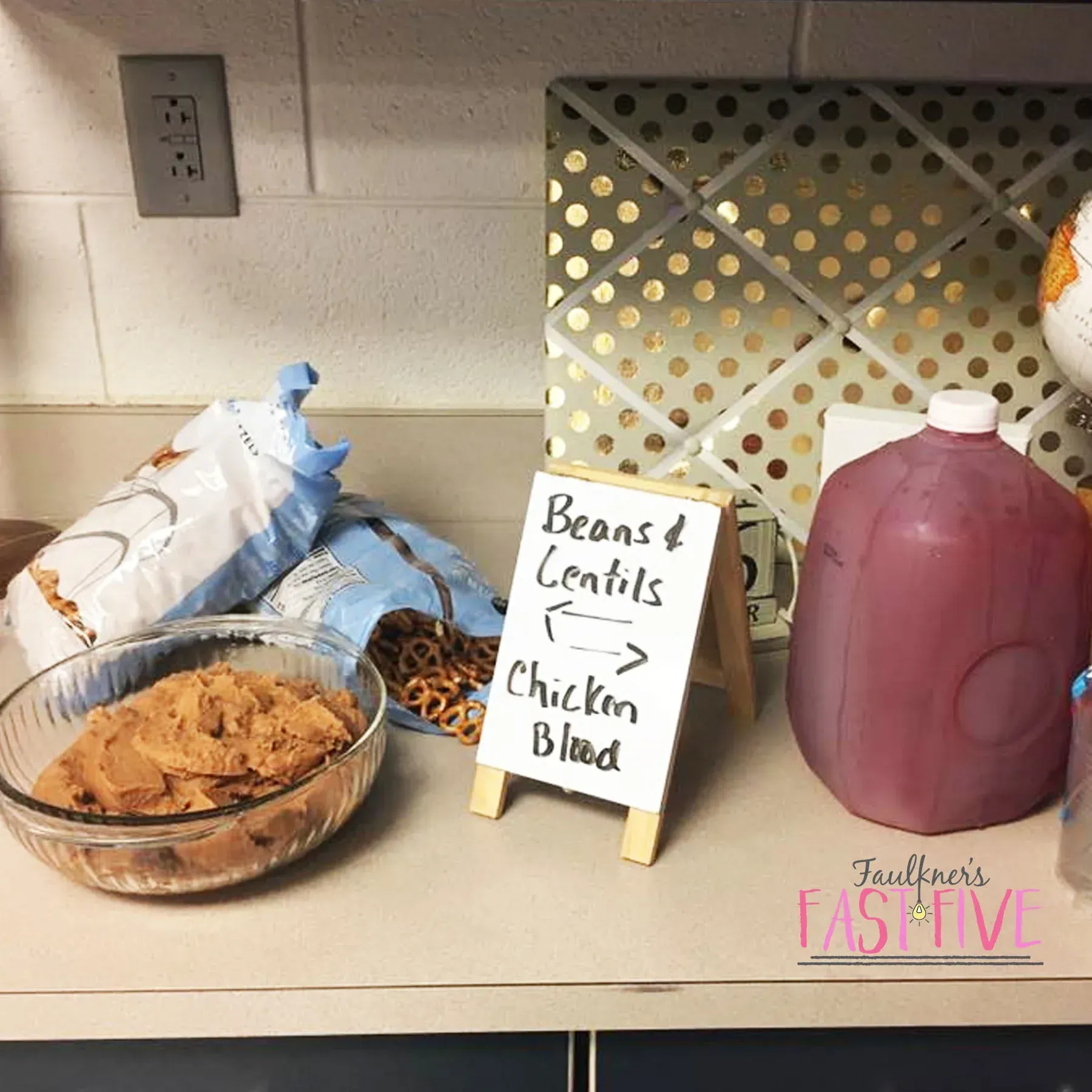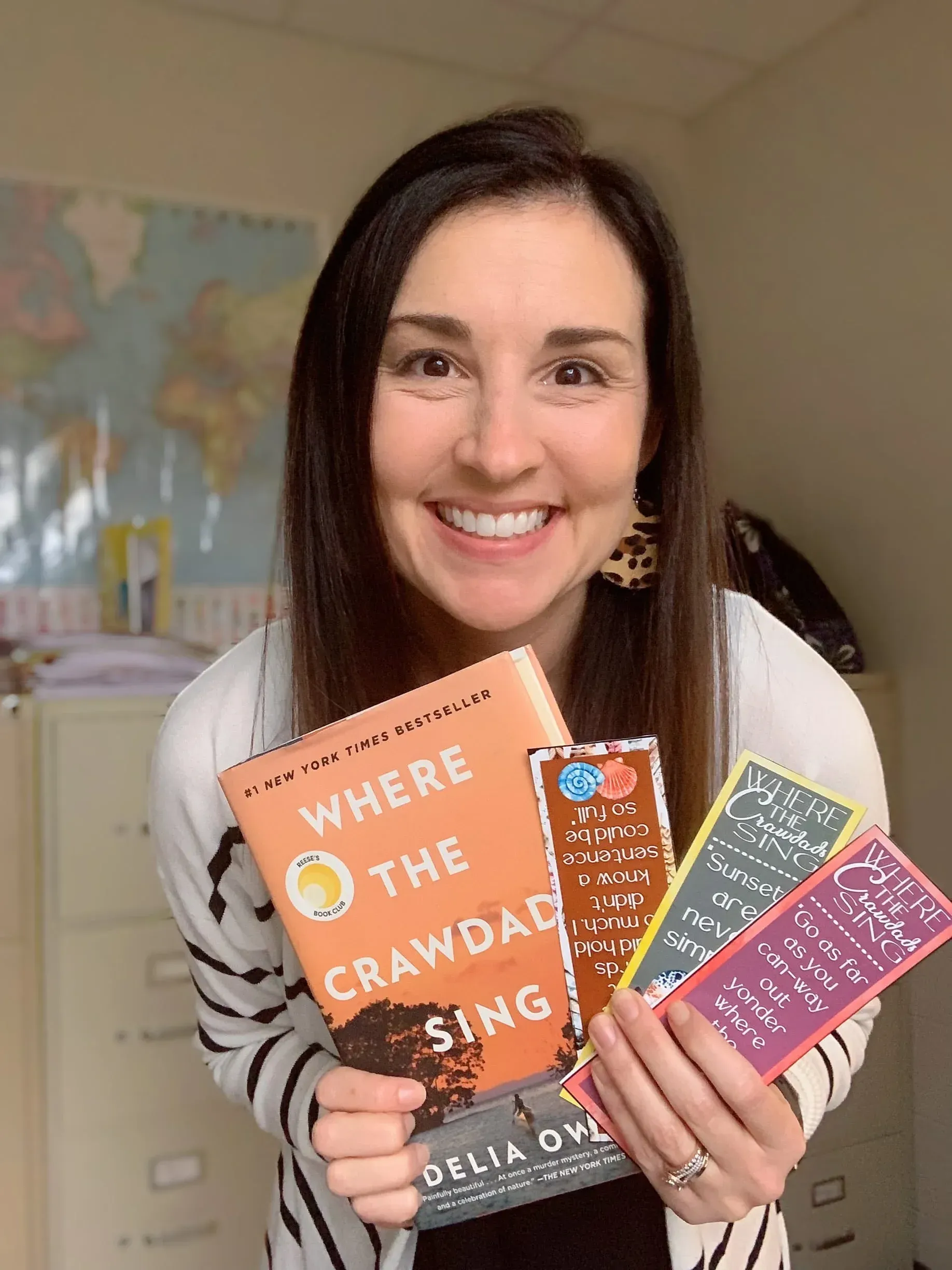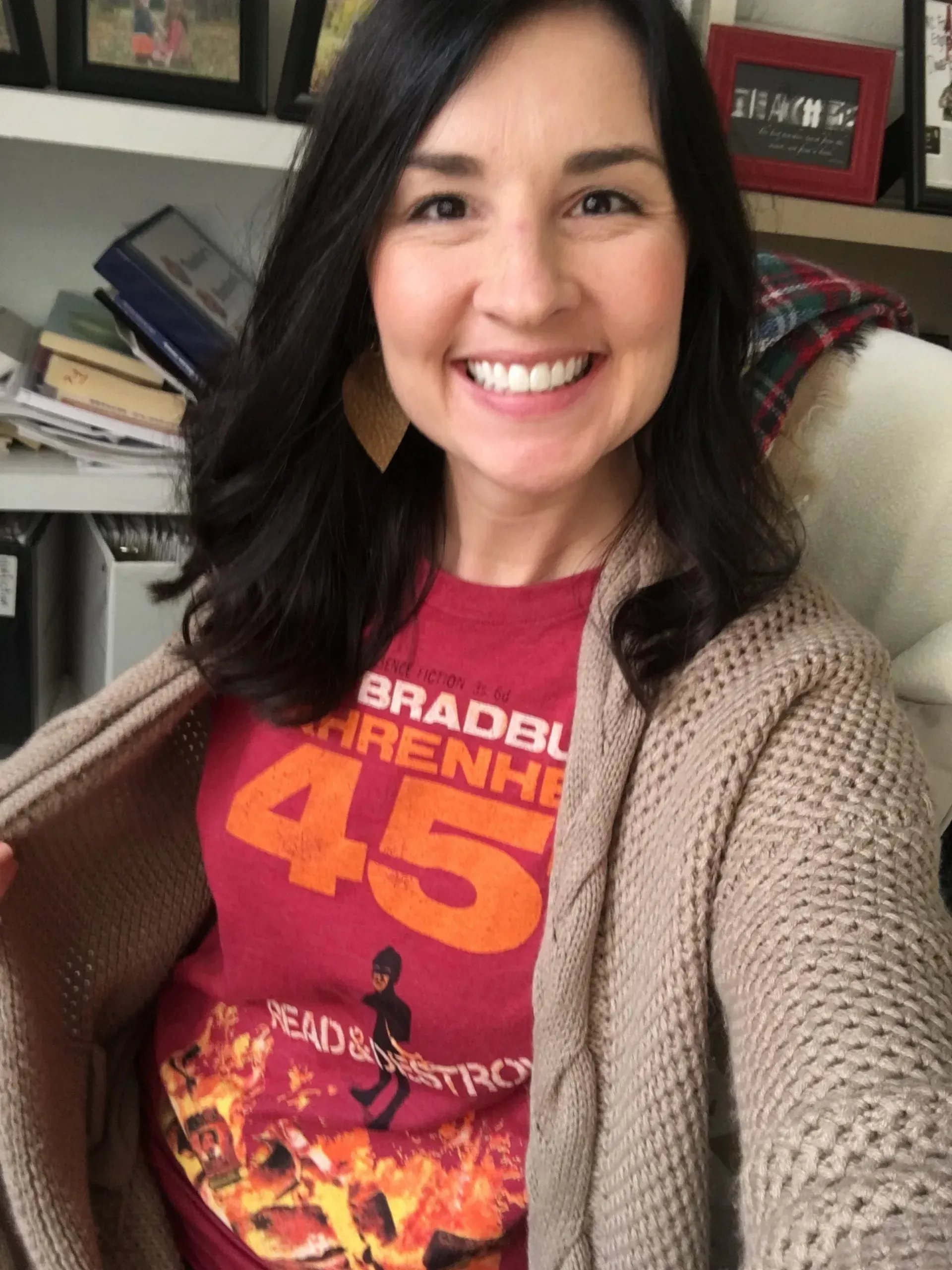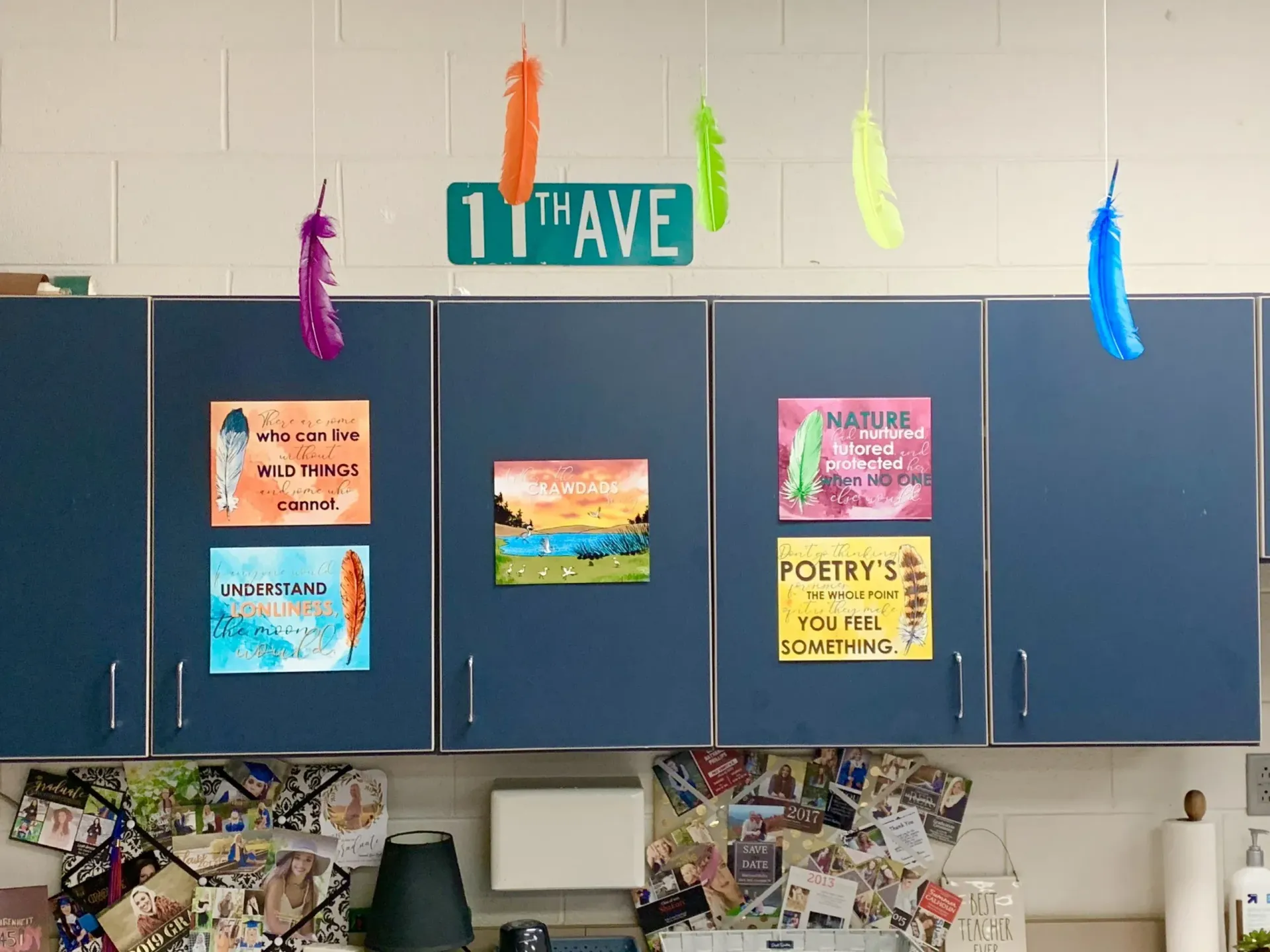5 Ways to Begin a Novel Unit
Getting to teach a novel — or play — unit is probably one of my favorite parts of being a high school English teacher. I love everything about it: setting up classroom decor, discussions, character analysis, developing projects and prompts, seeing how the kids are enjoying it, and, of course, the beginning. When I think how to begin a novel unit with my secondary English students, I typically have a few goals in mind: 1) Grab their attention by building excitement and mystery without giving too much away 2) Provide the information they need to begin reading effectively. With those goals in mind, here are five strategies that I mix and match to begin a novel unit.
Background Information
To me, it’s always a tough decision whether or not to begin a novel unit with background information. There’s a plethora of such tidbits from which to choose: author facts, time period info, vocabulary, etc. In order to decide what of that information needs to be given up front, I really have to look at what students need to know in order to understand AND enjoy what they are reading. When I teach The Crucible, I do spend time discussing allegory and McCarthyism, but I don’t teach Puritanism right away. We read The Crucible in part to fulfill the requirement of understanding allegory, and they really would miss it, if I didn’t teach that up front. (Been there. Done that.)
Once, another teacher told me she didn’t want to teach The Crucible anymore because the students hated it. That took the wind out of my sails. When I asked her why, she said the kids were tired of it before they even started reading. She explained how she would spend several weeks — weeks — going over the vocabulary, author info, historical context, etc. and that by the time she got all that done, the kids were over it! Sometimes, we think we have to tell students everything right away, but in most cases, the text will tell them for us. That’s why I don’t cover Puritanism before we read; they will see that as they read, and then we backtrack to cover that info based on evidence from the play.
With that said, once you know what background/introductory material you really want students to have before they start reading, consider a few of these strategies to deliver that info. A lecture/ppt might be the best way to get some ELA vocabulary out to students. If I want to talk about the author, only if necessary, sometimes I’ll show a quick video or documentary. I like this choice if the author himself/herself is part of the video. Other times, there are instances where I need to cover several aspects of background before we start, and in that case, I love to do discovery stations. When I start The Great Gatsby, I want to do a short review of the time period, have them meet the characters, explore the book covers — because I think sparks their interest regarding plot and conflict — and a few other details. The discovery stations condense the info and organize it into bite-size chunks, so it’s not just days of note-taking. P.S. In the Gatsby novel intro stations, the only reason we talk about Fitzgerald is because it directly relates to the poem in the opening lines. 😉 Over on my Facebook page, I talk a little more about beginning a novel unit with author info. It’s a fine line what to include in the beginning of a literature unit, but it shouldn’t just be to check the box.
Prompt
Most novel units, and especially the ones I develop, come with short prompts that can be used to engage the students immediately. If you want to draw attention to a particular theme or have students make a personal connection that will be on their reading radar right away, then a short, quick write prompt is a very effective strategy for that goal. When my students read Fahrenheit 451, I want them to notice and track the emptiness, so they write to the following prompt during our introductory lesson: The word empty is mentioned forty-three times in the text of the novel. It is safe to say that Bradbury intended this emptiness to be a theme throughout the text. So, how do we get to this place? How do we get so empty? Write about a time when you felt empty. What filled your bucket back up?
It amazes me that such a simple task draws their attention to this theme, and as soon as we start reading, students feel “clued in,” which is incredible because it teaches them to not only think like a reader but like a writer as well. They are reading on multiple thinking levels, and I love that. Never underestimate the power of writing when it comes to developing stronger readers. This option to begin a novel unit works really well if there is a theme you want them to track throughout. Choose one that ties directly to your essential question, so that it can guide your novel unit. The 451 prompt above is in my Fahrenheit 451 Novel Unit. Read more about how I teach Fahrenheit 451 at this blog post.
Guided Annotations
When I first started creating and using guided annotations, I was using them mainly for close reading excerpts and poetry. This semester, though, guided annotations were an excellent way to set the stage for beginning our study of Where the Crawdads Sing. This book was the perfect candidate for a text dig initially because of that beautiful prologue. Any novel with a prologue, epigraph, or otherwise powerful opening paragraph(s) would lend itself to this strategy:
The Scarlet Letter, Macbeth, Romeo and Juliet, Tale of Two Cities. Guided annotations are short, purposeful tasks that direct students to mark up a text. Watch a quick video tutorial where I explain more about guided annotations over on my Instagram IGTV. You can usually print out a copy of the passage for students to mark on, or you could have students use sticky notes or place a sheet protector over the passage. The other thing I love about guided annotations as a novel opener is that it allows us to read aloud from the text right away.
Games
Students are always excited with the possibility of playing a game. They love the excitement, interaction, and competition. A few games that I’ve found work really well include the following:
- Would You Rather – When we read Where the Crawdads Sing, I have students stand up and make a choice by moving to a certain side of the room to indicate their answer to certain topics: Would they rather go to school or be home-schooled… eat biscuits or cornbread… live in the country or city? We pause to discuss each one, and it really gets them debating!
- Problem Solving Questions – When a book has a character who really has to deal with making tough decisions, a game of problem solving scenarios works really well. The Great Gatsby is ripe for characters who have to make tough decisions… even though most of the time they make the wrong one! To set up an activity like this, I write scenarios that the characters face, but I set them in modern times. Sometimes, I create a gallery walk, and students respond to them all. Other times, I give one scenario per group. It depends on what else I’m doing to start the unit and how much time I have.
- Guess the Plot/Judge a Book By Its Cover – This is a simple one that requires pretty much no prep at all, but you can do it a variety of ways. I simply ask students “Based on the cover, what do you think this book will be about?” and they respond by writing it on a sticky note, texting it, posting it to a virtual wall like Padlet, or sending it into our virtual classroom stream. It’s fun to see what they say and look back on it later to check for accuracy.
- Agree/Disagree – This one is similar to the problem solving scenarios in terms of conducting it, but students are responding to debatable points here instead that directly relate to the novel. For example, when we read Grisham’s Bleachers, I want students to think about controversial points that come up in the novel, so agree/disagree works really well. I ask them to consider points such as “Smoking, drinking, and doing drugs make you cool” or “Coaches should be allowed to act out when they are angry.” The points, then, stick with students as we read.
All of these games are, of course, designed to specifically set up the purpose, theme, plot, etc. of the novel unit.
Decor/Gifts
- Making the novel come alive for students is what it’s all about. I want them to feel connected to what we are reading, and putting up some decor or offering a small gift lets them know I think books are magical and that I want them to enjoy it. Most all of my novel units include posters for your classroom and bookmarks that make perfect gifts. You can bring some “drinks” when you start The Great Gatsby, for example. You can also sprinkle “gifts” throughout the unit. When we read The Crucible, we have beans and chicken blood after Acts 1 & 2, and during Macbeth, we have snacks of witches’ brew and fingernails. I even have shirts for *most of the novels that I teach to wear on the day I begin a novel. We can just call that walking decor! Yes, it’s #extra, but if it makes my students excited about reading, then I’m all in!
Also, don’t forget to share your essential question(s) with students. They need to see where it’s all going and why, and a reading schedule helps, too. These 5 ways to begin a novel unit aren’t the only ways, but they are ones that I’ve had success with. I pick and choose and double up depending on what my goals are and how much time I have. Most all of my literature guides include multiples ways to begin the novel unit. Check out all my novel units here, and share with me other ways you open a novel unit in the comments below.
Love this content?
Sign up for my email newsletter with more tips, ideas, success stories, and freebies!





